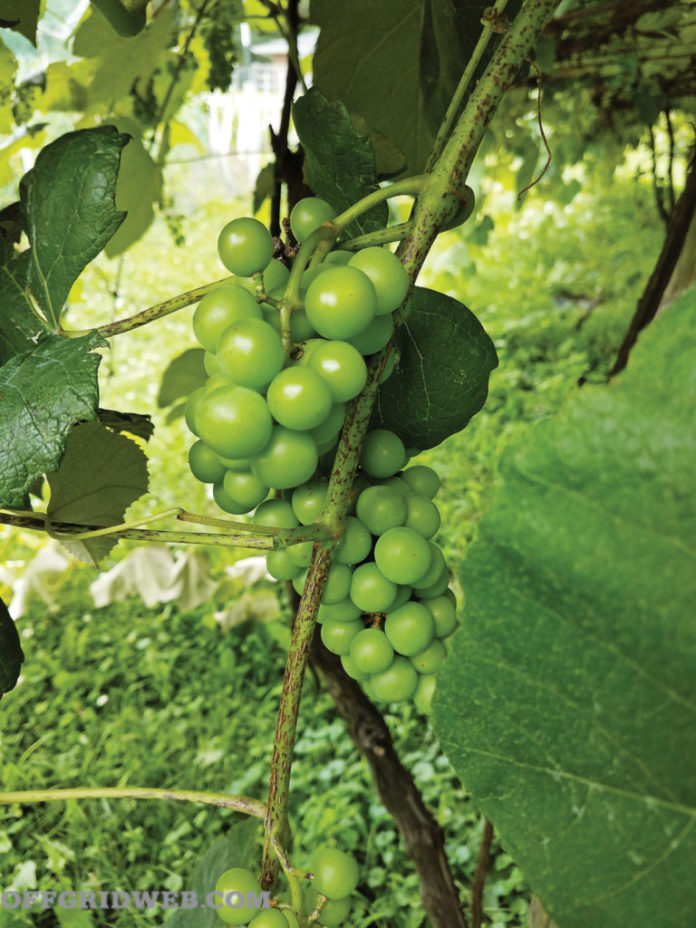My grandfather Willie was a practical man. A retired coal miner who built his cinder block house with his own hands, he kept hogs, a fully stocked cellar, and a three-acre garden. He didn’t abide frivolity. He didn’t hunt or fish for sport — he did it for protein. There were no ornamental flowers in his survival garden layout, no bird baths nor wind chimes. Even indoors, he cursed my grandmother’s potted plants, which he believed competed with his lungs for oxygen.
Like my grandfather, many people often view landscaping as a facade, a bit of adornment required by convention or homeowner’s associations, but there is indeed value to installing plants strategically around one’s home or place of business. The concept of a utilitarian landscape carries even more significance for those of us who are drawn to self-sufficiency. If my grandfather had realized that those flowers my grandmother valued were more than decoration, then his home probably would have looked very different.
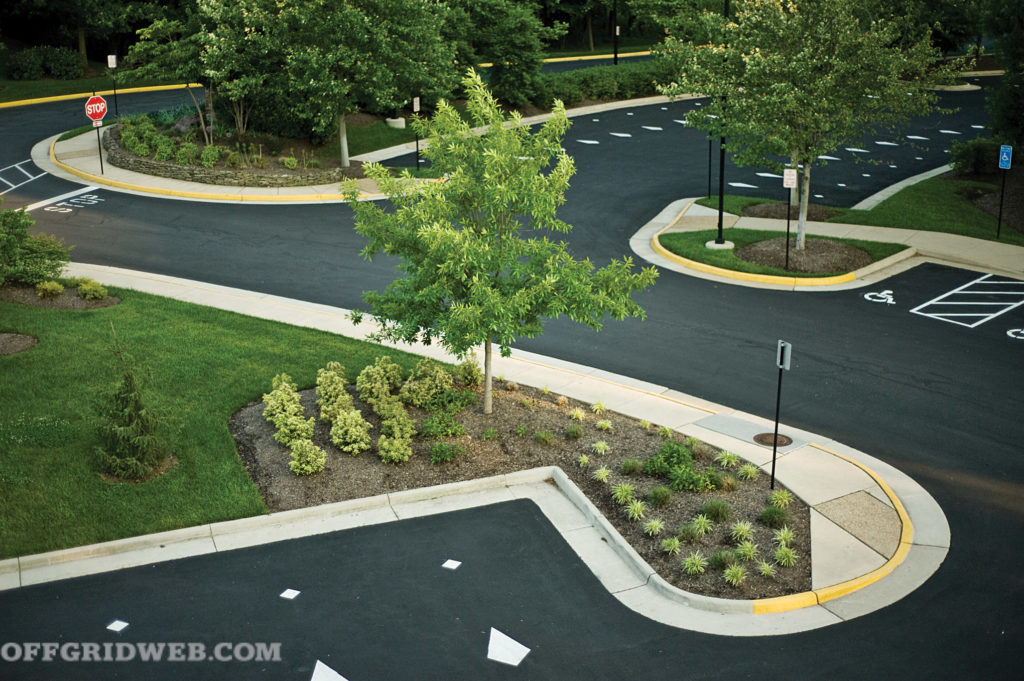
Financial Considerations
First off, a strategically designed landscape can impact you economically. A quality landscape can significantly increase property value, as well as reduce by five or six weeks the time that a home being sold stays on the market. Breaking that down by the elements of a residential yard, a study in Canada found that adding hedges increased a home’s value by 3.5 percent, landscaping a curb added 4.4 percent, and a landscaped patio increased the value by 12.4 percent.
Landscaping — and especially mature trees — can increase property values by as much as 19 percent and appraised land values by 27 percent when looked at as a whole.
While a pragmatist is likely to be hesitant about contracting a professional landscape company, it can be worth it if the homeowner lacks the skill, knowledge, or time to do the job well. Investing 5 percent of a home’s value in landscaping can result in up to a 150 percent return on investment if the house is sold.
Taking advantage of a mature deciduous tree’s shading in summer or using evergreen shrubs for a winter windbreak can result in a 20 percent reduction in utility costs over the course of a year.
It’s common for new construction on wooded lots to begin with removal of all the mature trees. Then, once a house is built and homeowners move in, one of the first things they do is plant trees that may struggle to thrive on the compacted space. There’s an argument to be made for preserving a percentage of mature trees if you’re building a home. That’ll involve protecting not only the trees themselves, but also the soil around them, at least as far as their driplines.
Do you run a business? In the state of Washington, it was found that — all other things being equal — retail customers were willing to pay as much as 10 percent more at establishments with trees and green spaces outside. Furthermore, occupancy rates tend to be higher at landscaped rental units.
Fences and Other Barriers
Certain shrubs and trees can provide visual barriers for privacy and/or physical barriers against burglars or wildlife, while simultaneously looking attractive. A hedge of roses or viburnum, for instance, can serve this function, as can boxwood, Japanese holly, leyland cypress, or arborvitae.
If one owns several acres, living fences can be grown from black locust, Osage orange, or eastern red cedar trees. All of these can border on invasiveness in some areas, though, so be careful. They can also be harvested and cut into actual fence posts. Cut and untreated fence posts made from black locust and red cedar should last at least 20 years, while the life of Osage orange posts can exceed 35 years. Osage orange and hickory are also favored woods in bow-making; both can be sculpted into beautiful and durable rifle stocks.
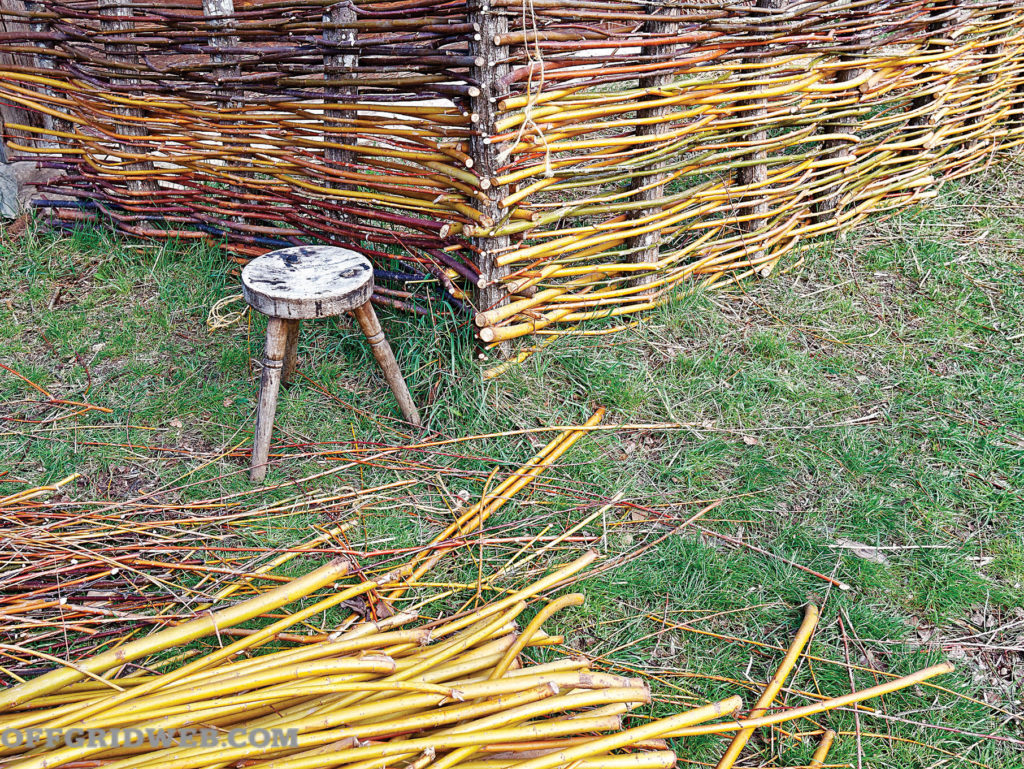
Willow fencing is another option, but rather than allowing the trees’ trunks to reach fence post diameter, the finger-thick “whips” are harvested and can be woven into elaborate yet functional designs.
Bamboo may be something to consider for a homestead, but not without a few precautions. Yes, it’s versatile and can provide material for trellising, fencing, or furniture, as well as edible shoots. However, it also has a high potential for invasiveness.
There are clumping bamboos and running bamboos. The latter can send up shoots 15 feet from where it was originally planted, thanks to its fast-growing rhizomes. Regardless of which type is grown, it’s a good idea to allow for a buffer of at least 20 feet in all directions of the planting, a buffer in which new sprouts can be mown back. Alternatively, one can define an acceptable perimeter of a bamboo planting with a metal sheeting barrier installed at least 28 inches deep to prevent spread.
Edible Landscapes
If you take a snapshot right now of a landscape you appreciate aesthetically, it’s likely that many of its components have an edible alternative, from the larger specimen trees to smaller shrubs to vines and ground covers.
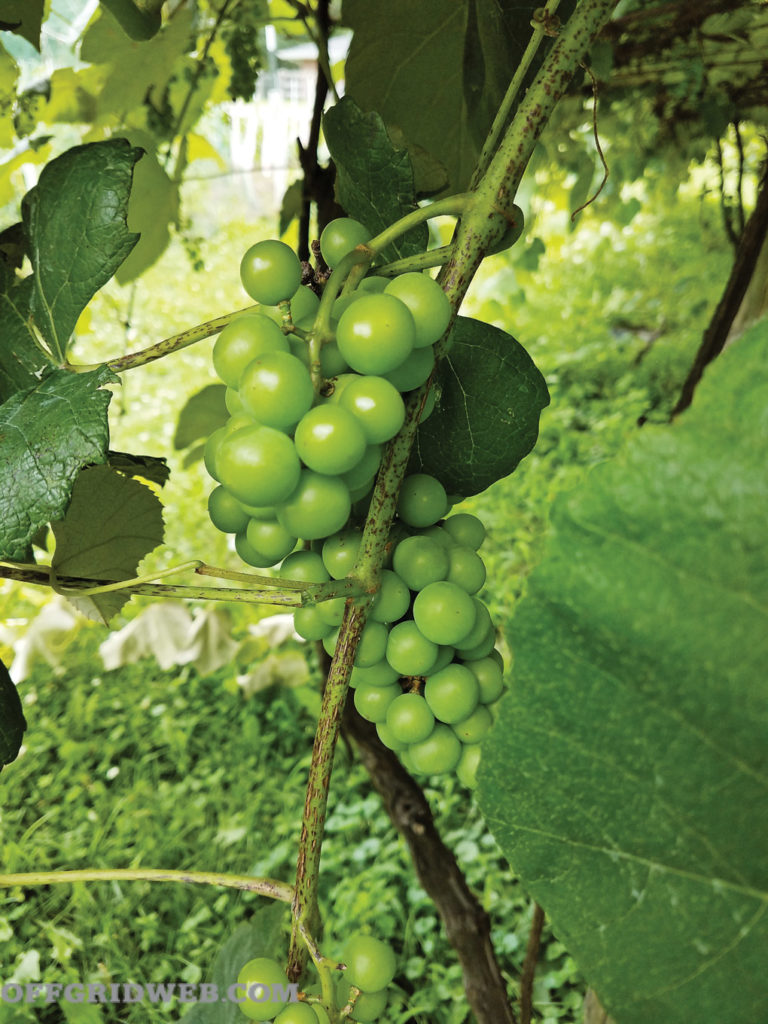
Bradford pears, flowering varieties of plums, crabapples, and cherries could all be replaced with fruit-bearing options instead, and while the spring show won’t be quite as fetching with fruit-bearing trees, the trade-off will become apparent later in the summer.
Pawpaw, hazelnut, and serviceberry are examples of small, native trees that bear edible fruit, and these can all serve nicely in a landscape. For a shrub layer, blueberries can offer attractive spring blooms, burgundy foliage in the fall, and interesting winter form. Currants and gooseberries, too, fit well into a landscape scenario and are options that can perform acceptably even in partial shade. Thornless blackberries can add interest to an open area and can be trained along a fence or trellis. Sunchoke, also known as Jerusalem artichoke, can give a splash of yellow while yielding edible tubers.
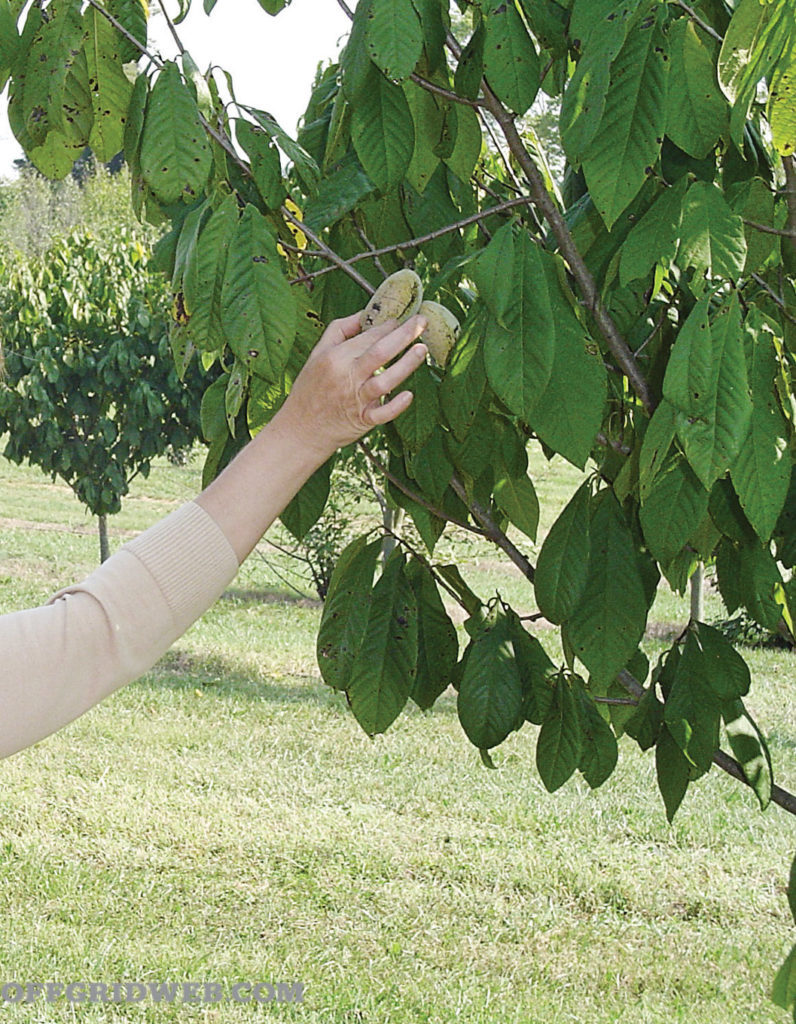
On trellises and arbors where one might grow clematis, consider an edible vining crop like passionflower, groundnut, or grapes instead — or hops, if someone in the household is a home-brewer. Strawberries, herbs, or rhubarb can be excellent ground covers under larger specimen plants. And the Asian or kousa dogwood, used extensively in formal landscapes, might be worth considering. It handles full sun better than our native dogwoods, it blooms later, and its plum-like fruit is edible.
Vegetables and Beverages
Anyone who’s been to a retail garden center knows that ornamental cultivars of peppers, onions, and cabbage are popular, but their more palatable cousins can be quite attractive as well.
If you grow a vegetable garden, chances are you plant your crops in rows. But blocks may be a more visually pleasing choice if you’re taking advantage of landscape space. Consider blocks of garlic, tomatoes, beans, lettuce, or squash covertly placed among more conventional landscape plants.
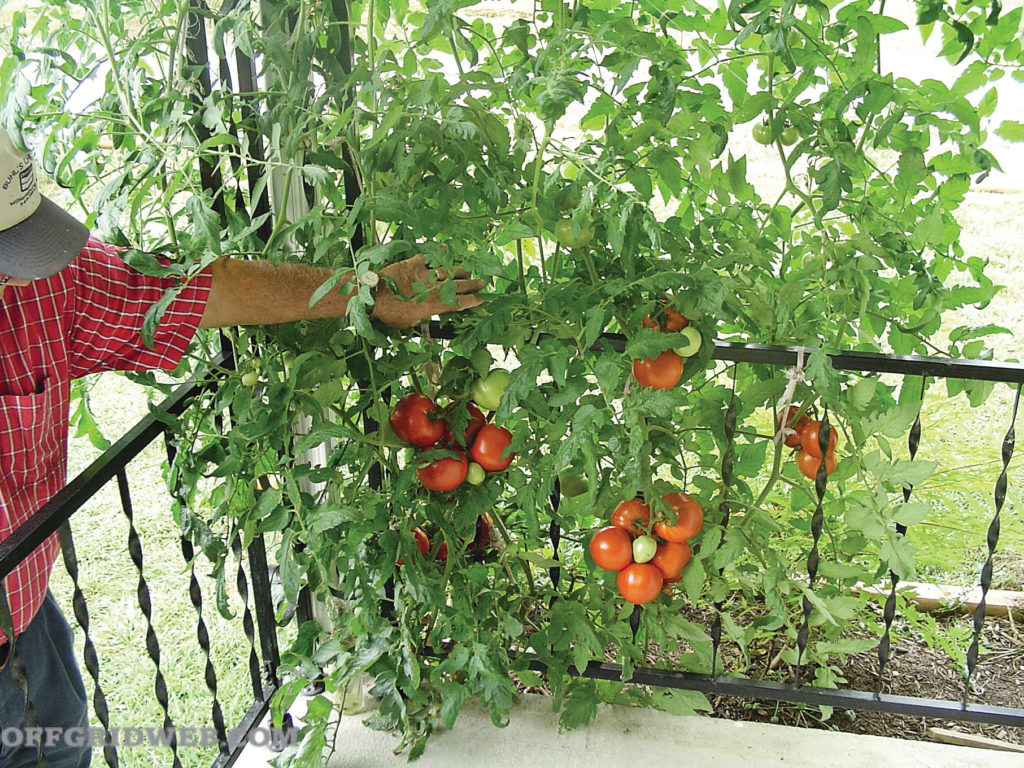
For tea drinkers, Camellia sinensis can be trained into an attractive hedge, if one’s climate will support it. (Commercial tea plantations are found in both South Carolina and Washington, and tea is considered a good fit for any USDA Hardiness Zone down to 8.)
Mints and spicebush can be used in teas, and both are good plants for pollinators as well.
Medicinals
If herbal remedies are your thing, then consider the possibilities of the landscape pharma you could establish right outside your door: St. John’s wort, echinacea, comfrey, stinging nettle, black willow, jewelweed, coltsfoot, ginseng, or goldenseal. Any of these could easily be slipped into the most traditional of landscapes.
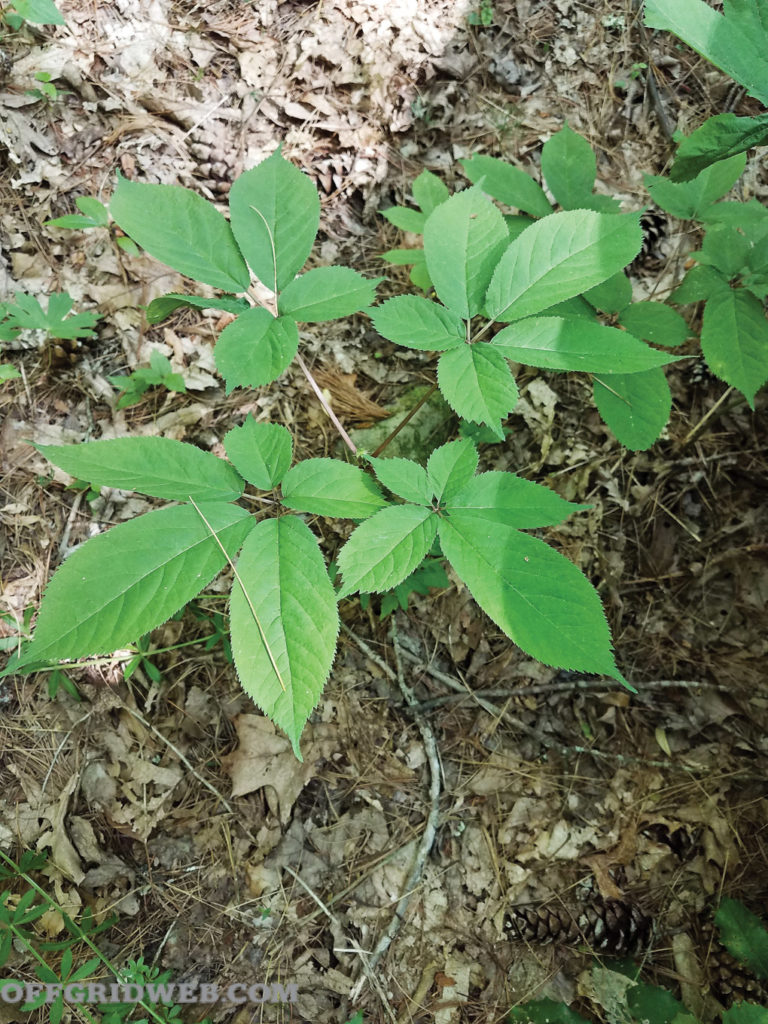
The blooms of hibiscus can be dried and used for a tea that allegedly can help one manage hypertension, and a friend of mine routinely collects and dries the leaves of native Lactuca (also known as wild lettuce), which he refers to as “poor man’s morphine.”
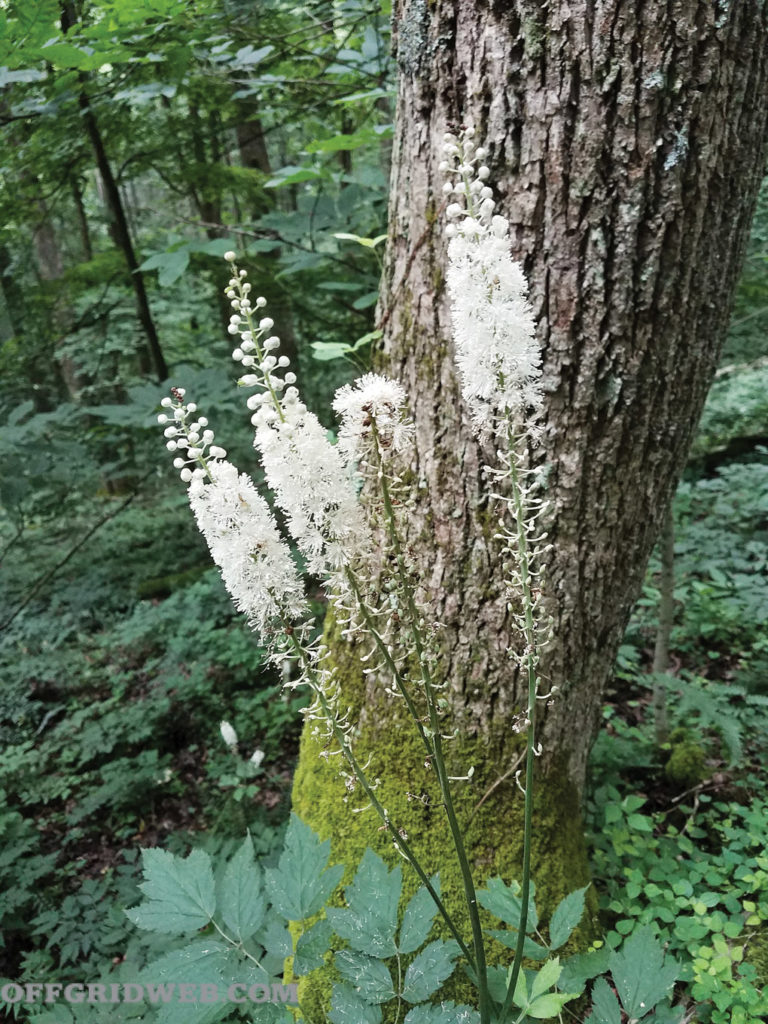
Furthermore, black cohosh is a large and interesting plant that yields an extract used in the treatment of women’s health issues. Its large leaves and tall, tail-like bloom head would look attractive in a front yard, even if a homeowner had zero interest in its medicinal value.
Fertility Benefits
Legumes are nitrogen-fixers, meaning they have structures on their roots that allow them to pull nitrogen from the atmosphere and make it available in the soil. Non-leguminous plants that are in proximity to these nitrogen-fixers will benefit.
A lawn that’s made up of at least 25-percent clover, for instance, will be green and productive without store-bought nitrogen fertilizer (which can cost several hundred dollars a ton). Likewise, planting clover, vetch, black locust, acacia, or lupine in the root zone of shrubs and small trees will give your specimens an extra boost of nitrogen.
Be aware that clover in a lawn may still be considered uncouth in the eyes of some homeowner associations, although it’s becoming a more widely accepted practice.
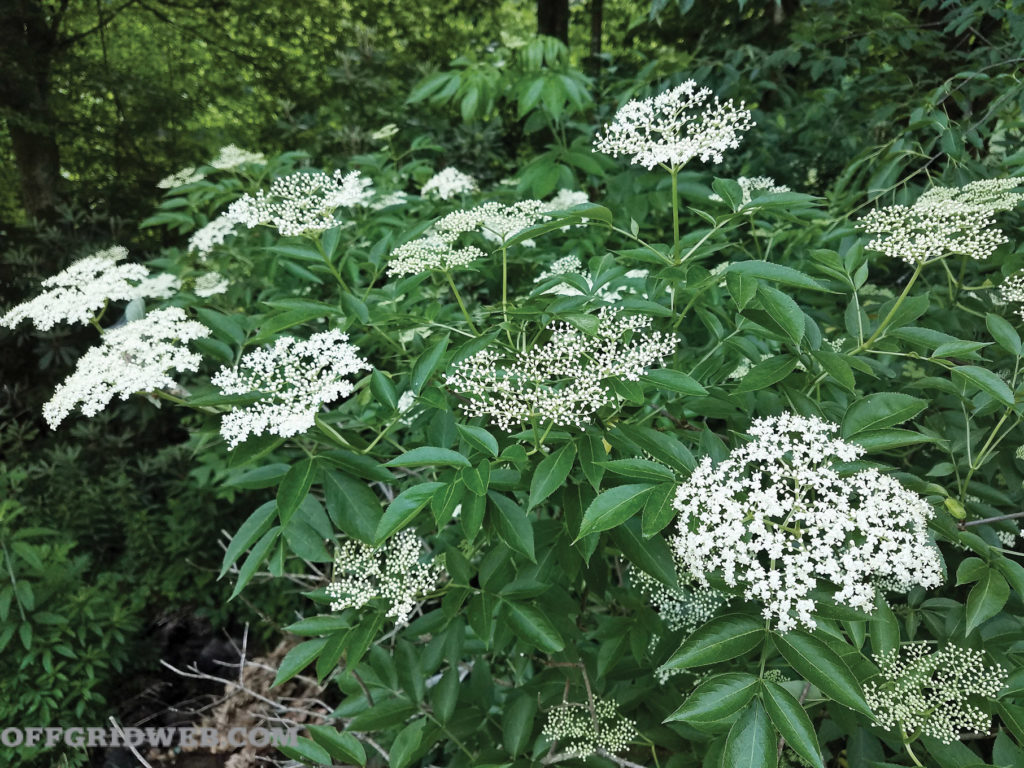
Shrubs in the Elaeagnus genus are also nitrogen-fixers, and they bear heavy crops of red-orange, mildly tart fruits that can be eaten raw or made into jellies or wines. Be particularly wary of these shrubs, though, as some species have the potential to be quite invasive. For instance, autumn olive (Elaeagnus umbellata) is listed by the U.S. Department of Agriculture as a severe threat and will aggressively invade disturbed sites, shading out any and all native plant species. Check with a knowledgeable natural resources professional in your region for information on which Elaeagnus species may be acceptable for your corner of the world.
Insects, Good and Bad
Have you heard that marigolds (or other bloomers) planted in a vegetable garden keep harmful insects at bay? There’s some truth to that, but not like you may think. Blooming plants can attract beneficial insects like hover flies, predatory wasps, and ladybugs, whose larvae then feed on bad guys like aphids and hornworms. A variety of flowering species in the landscape can bring in the same kind of tactical advantages.
In addition to clover’s nitrogen-fixing abilities, its blooms can be an important nectar source for a long list of beneficial insects, including many butterfly and bee species.
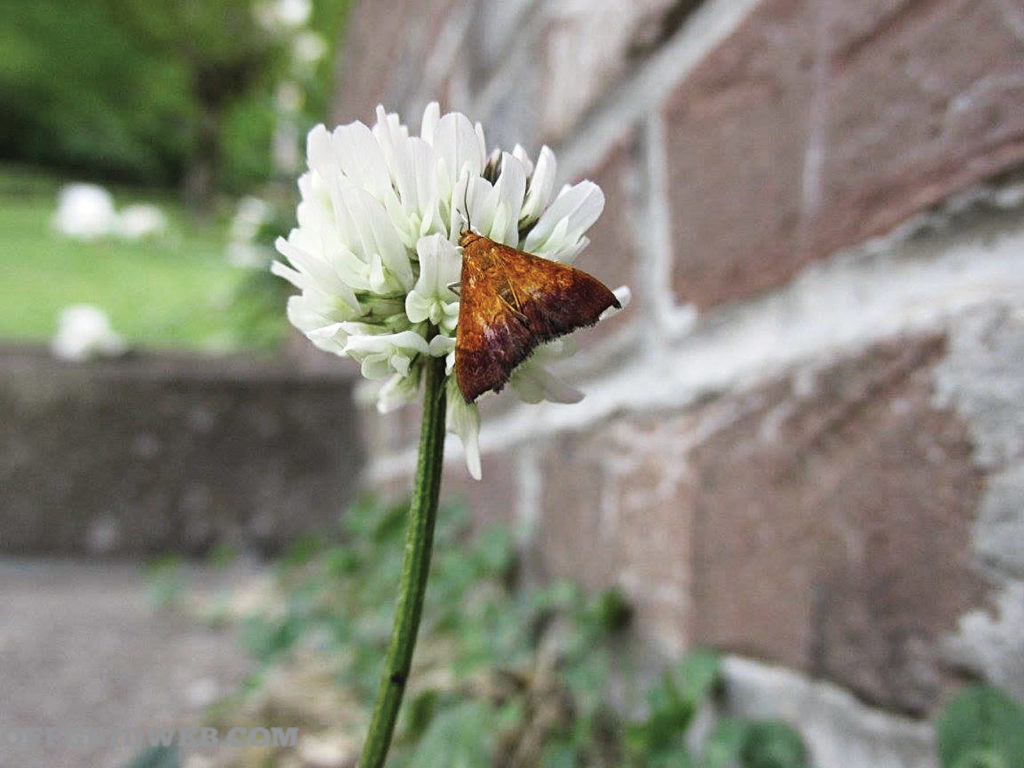
Pollinator plantings are a good move in a landscape, inviting those insects that’ll work for you, pollinating fruit and vegetable crops or preying on bad bugs. Native flowering plants are among the best choices for pollinator species — things like milkweed or coneflower. Be aware that there’s some debate about the value of cultivated varieties of some native species and their impacts on insects and other wildlife. For example, one can buy milkweed that blooms later than the native one, and while this seems like a positive for monarch butterflies, it’s believed that it can lead to a delay in their migration — a delay that can prove fatal if cold temperatures arrive early.
Herbs and plants in the carrot family are excellent pollinator species and can serve double duty by providing culinary benefits.
Bringing it Indoors
Contrary to what my grandfather believed about his wife’s Christmas cactuses, philodendrons, and peace lilies, those actually made his breathing easier. Houseplants can lower volatile organic compound levels in the air inside. They can increase home humidity by 10 percent, and can remove up to 90 percent of any formaldehyde that may be volatizing from plywood floors and particle board furniture.
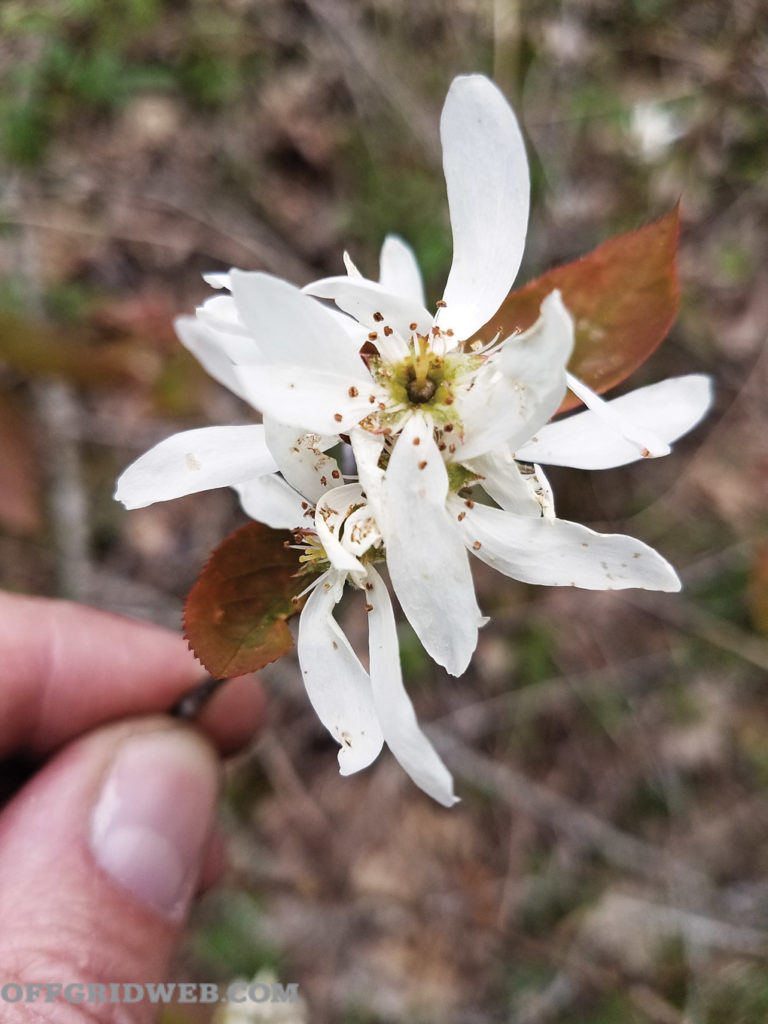
Research by NASA has furthermore suggested that houseplants may speed healing processes while increasing happiness and productivity.
Investing the time and money to landscape around a home or shop can seem like a luxury, but it does have value. If you think of a landscape in terms of what else it can provide beyond a pretty face, then you can plan out a home ecosystem that’s as diverse as a forest, with elements that contribute to economic benefits, family health and wellness, food, and property management.
In other words, it’s entirely possible to design a diverse landscape that’s more than just an ornament.
first appeared first on RECOIL OFFGRID.


